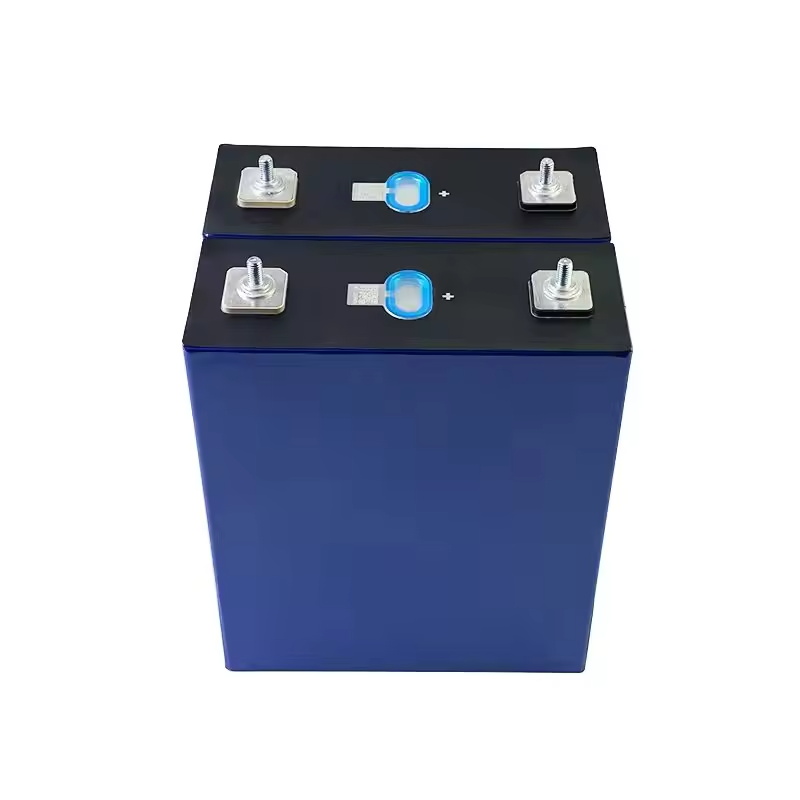How to Avoid Fake LiFePO4 Batteries
How to Avoid Fake LiFePO4 Batteries
Blog Article

As the battery industry grows, LiFePO4 batteries are becoming more common. However, this has also led to the rise of fake batteries in the market. Here’s how to spot and avoid copyright LiFePO4 batteries.
1. Ask for the Battery's Datasheet
Before buying a LiFePO4 battery, request its datasheet, which should include key details like battery capacity, charging current, cut-off voltage, and more. A genuine manufacturer will always provide a datasheet. If a seller can't provide one, it could be a red flag.
2. Request the QR Code Before Buying
Most LiFePO4 batteries come with a QR code that provides useful information like the battery's brand, type, model, and production details. However, there are two common issues:
- Some QR codes are factory-specific and can't be scanned by the consumer.
- Fake QR codes may indicate a copyright product.
If the QR code is scratched or damaged, avoid purchasing the battery.
3. Inspect and Test the Battery Upon Arrival
Once you receive the battery, check its physical condition. Look for:
- Matching QR code
- Undamaged insulating film
- Unbroken battery terminals and explosion-proof valve
Next, test the battery's capacity. A typical LiFePO4 battery should have an energy density between 150Wh/kg and 180Wh/kg. To check, use a scale to weigh the battery, then use a multimeter to measure the voltage. Calculate the energy density using this formula:
Energy Density = (Voltage × Capacity) / WeightIf the energy density exceeds 180Wh/kg, it's a fake. If it's significantly lower, research the brand's typical energy density to confirm its authenticity.
Conclusion
As the LiFePO4 battery market grows, so do the risks of encountering fake products. By following these steps, you can ensure you purchase genuine batteries and avoid being deceived by unscrupulous sellers. Report this page